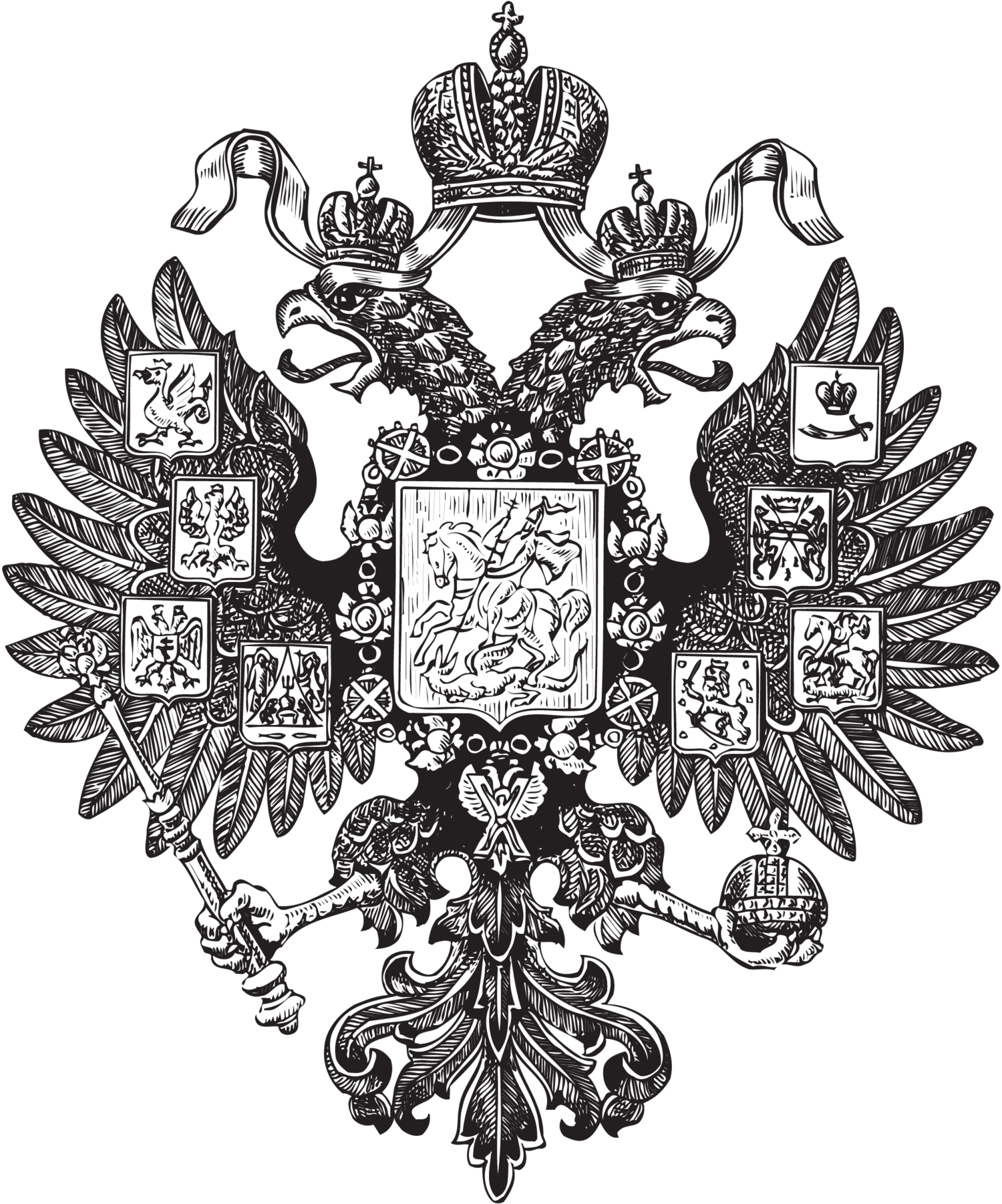WHAT ARE THE RELATIONS BETWEEN THE
RUSSIAN IMPERIAL HOUSE AND THE ORDER OF MALTA?
The Via Condotti portrait of Paul I by Borovikovsky, a gift of Nicholas II in 1908.
The Russian Imperial House has had friendly ties for more than two centuries with the Sovereign Military Order of Malta. The Order of Malta, with its headquarters on the via Condotti in Rome, has a unique status in international law, because it is recognized as a sovereign entity by the more than one hundred countries (including the Russian Federation) with which it exchanges ambassadors. Its Grand Master is considered a head of state. The Order of Malta is also the oldest order of chivalry in Europe.
In 1797, Emperor Paul I of Russia was named Protector of the Order of Malta. In 1798, months after Bonaparte had seized the island of Malta and expelled the knights, Paul I was elected Grand Master of the Order. His election was irregular, because the rules of the Order required that the Grand Master be a Roman Catholic who had taken vows of celibacy, poverty and obedience. The Emperor was both Russian Orthodox and married. Despite this irregularity, the Order considers that Emperor Paul I was its de facto Grand Master, and that his reign as Grand Master assured the uninterrupted continuity of the Order at this time of revolutionary violence. The Tsar’s portrait (a gift to the Order by Emperor Nicholas II in 1908) hangs in a prominent place in the Grand Reception Room of the Magistral Palace in Rome.
Of the six emperors who reigned over Russia from Paul I to Nicholas II, five were members of the Order of Malta. The only exception was Alexander II, although three of his sons were Bailiffs Grand Cross of the Order.
From left to right: Alexander Avdeev, the Russian ambassador to the Vatican and the Order of Malta; Prince and Grand Master of the Order of Malta, Fra’ Matthew Festing; the Head of the House of Romanoff, the Grand Duchess Maria of Russia; the Grand Duke George of Russia; the Grand Chancellor of the Order of Malta, Jean-Pierre Mazery
In exile, these links continued. Grand Duke Wladimir, Head of the Russian Imperial House, was invested as a Bailiff Grand Cross of Honour and Devotion of the Order of Malta in 1961, and after she succeeded him as dynastic head Grand Duchess Maria became a Dame Grand Cross of Honour and Devotion in 1994. The Prince and Grand Master of the Order of Malta personally invested her son, Grand Duke and Tsesarevich George, as a Bailiff Grand Cross of Honour and Devotion in 2014. (Emperor Alexander III and Emperor Nicholas II also became Bailiffs Grand Cross of Honour and Devotion of the Order when each was the Grand Duke-Tsesarevich.)
Successive heads of the Order of Malta in turn accepted the highest Russian dynastic order of chivalry, the Order of St. Andrew, from the hands of the Head of the Russian Imperial House: Lieutenant Grand Master Fra’ Ernesto Paternó Castello di Carcaci and then Grand Master Fra’ Angelo de Mojana di Cologna (1963) from Grand Duke Wladimir, and Grand Master Fra’ Andrew Bertie (1994) and then Grand Master Fra’ Matthew Festing (2014) from Grand Duchess Maria.
King Simeon II of Bulgaria, King Michael of Romania, Grand Duchess Maria Wladimirovna of Russia, and her son, Grand Duke George of Russia in 2013.
Grand Duchess Maria has repeatedly praised the worldwide humanitarian and medical work of the Order of Malta to relieve the distress of the poor and the sick. Like her father before her, Grand Duchess Maria has supported the Sovereign Military Order of Malta in its efforts to oppose the proliferation of illegitimate, self-styled orders imitating the Order of Malta, many of which claim a Russian origin. The heads of three other Eastern Orthodox dynasties are also assisting the Order of Malta in this fight against false orders. These are Grand Duchess Maria’s cousins, King Simeon II of Bulgaria, King Michael of Romania, and Crown Prince Alexander of Serbia, all of whom are Bailiffs Grand Cross of the Order of Malta.
The statement issued by the Chancellery of Grand Duchess Maria condemning false orders of a purported Russian origin is available here.
The press release of the Chancellery of Grand Duchess Maria at the time of her 2014 visit to the Prince and Grand Master of the Order of Malta is available here.





